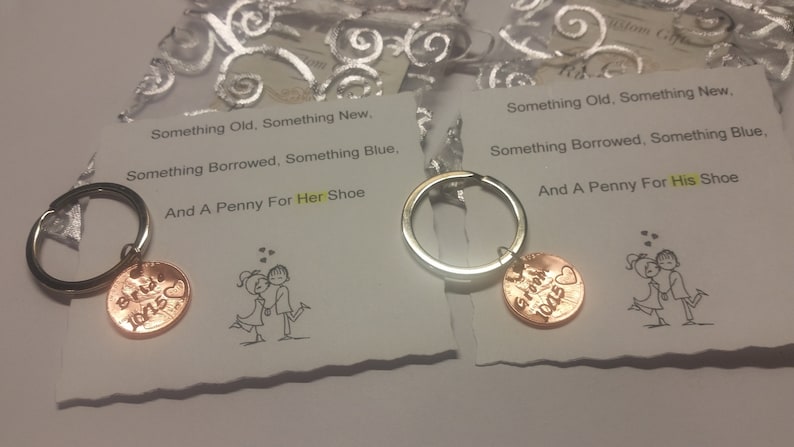Before studies, bees were fed pollen and phony nectar offer libitum as opposed to publicity in order to coloured stimuli on the restaurants
(a) Discovering results

We obtained several bumble-bee (Bombus terrestris dalmatinus) colonies, for each with which has 3140 workers, out of Koppert Physiological Systems (Berkel en Rodenrijs, Holland). All of the gurus was in fact exclusively noted to the thorax which have designated, coloured labels (Opalith tags; Christian Graze Kilogram, Germany). That it enjoy individuals feel correctly known in lab discovering experiments and you can community foraging products.
The bees were pre-trained to forage regarding 20 bicoloured, blue and you may reddish, phony plant life for the a lab journey stadium. This new rectangular, bicoloured plants was indeed constructed from several halves (each a dozen?24 mm): that reddish (Perspex Reddish 260) and also the other blue (Perspex Blue 727). While in the pre-degree, the bicoloured herbs was basically rewarded that have fifty% (w/w) sucrose solution delivering previously along with-naive bees having the same chance to representative both colour which have reward (Raine ainsi que al. 2006b). Bees finishing at least five consecutive foraging bouts towards bicoloured herbs was indeed chosen to own studies. Such foragers were coached directly, in the a trip stadium that has ten blue (Perspex Blue 727) and you will 10 red (Perspex Red 260) fake vegetation (each 24?24 mm). Yellow vegetation had been rewarding (for each and every contains 15 ?l of 50% (w/w) sucrose services), while blue vegetation had been blank (unrewarding). Bees was basically regarded as opting for a flower when they possibly approached (inspected) otherwise arrived in it. Getting with the a rose didn’t necessarily result in an eating (probing) experiences. Ergo, in advance of probing an advisable (yellow) rose, bees you’ll favor one another red-colored/satisfying otherwise blue/unrewarding plant life by the approaching or landing on them (in place of probing). Opting for a reddish (rewarding) flower are considered to be correct’, when you find yourself choosing a bluish (unrewarding) rose is considered as an enthusiastic error’. I submitted the possibility succession made by per bee throughout the day they earliest joined this new trip arena. Recording brand new rose options for for each bee ceased just after they got produced 99 flower options pursuing the first time it probed a great satisfying (yellow) rose (Raine mais aussi al. 2006b). Hence, for every single bee made no less than 100 flower choices, including the very first time it probed a rewarding rose, also one possibilities made before this basic probing skills.
Flowers was basically changed and their positions re-randomized anywhere between foraging bouts to get rid of bees playing with scent marks otherwise past flower ranking while the predictors away from reward. Rose colors was chose so bees was required to beat the solid, unlearned preference for bluish, ahead of accompanying certainly one of their innately minimum favoured colors (yellow) having reward (Chittka ainsi que al. 2004; Raine et al. 2006a). Ten bees were educated off for every colony (we.elizabeth. 180 bees overall) anywhere between cuatro and you can . Thorax width dimensions was in fact taken per of them bees as the a measure of human anatomy proportions. Controlled light to possess laboratory experiments try available with highest-regularity neon lighting (TMS 24F lighting fixtures having 4.step three kHz ballasts (Philips, Holland) suitable which have Activa daylight tubes (Osram, Germany)) to help you imitate natural daylight over the bee flicker combination volume.
(b) Reading curves
The starting point for each bee’s learning curve was the proportion of errors made (blue flowers chosen) before the bee first probed a rewarding (yellow) flower. For bees making fewer than five flower choices (either by approaching or landing on them) before probing a rewarding flower (n=53), we used the colony mean proportion of errors (calculated from bees making five or more such choices). Flower choices made by each bee after (and including) the first time it probed a rewarding (yellow) flower were evaluated as the number of errors (blue flowers chosen) in each group of 10 choices. Learning curves (first-order exponential decay functions: y=y0+Ae ?x/t ) were fitted to these 11 data points (i.e. the start pointing and subsequent 10 groups of 10 flower choices) for each individual bee, using Microcal Origin (Chittka et al. 2004; Raine et al. 2006b), to capture the dynamic nature of the learning process. Here, x is the number of flower choices the bee made, starting with the first time it probed a yellow flower, and y is the number of errors. The saturation performance level (y0) is the number of errors made by a bee after finishing the learning process, i.e. when reaching a performance plateau. The decay constant (t) is a measure of learning speed: high values of t correspond to slow learning, whereas lower t values indicate faster learners. A is the curve amplitude: the maximum displacement (height) of the curve above y0. Both amplitude (A) and saturation performance (y0) were constrained between 0 and 10 for curve fitting. Eight (out of 180) bees showed no appreciable improvement in performance during the task, and the software generated learning curves’ that were essentially horizontal lines. These bees were excluded from subsequent analyses because their t values were either very high (>400) or negative.
